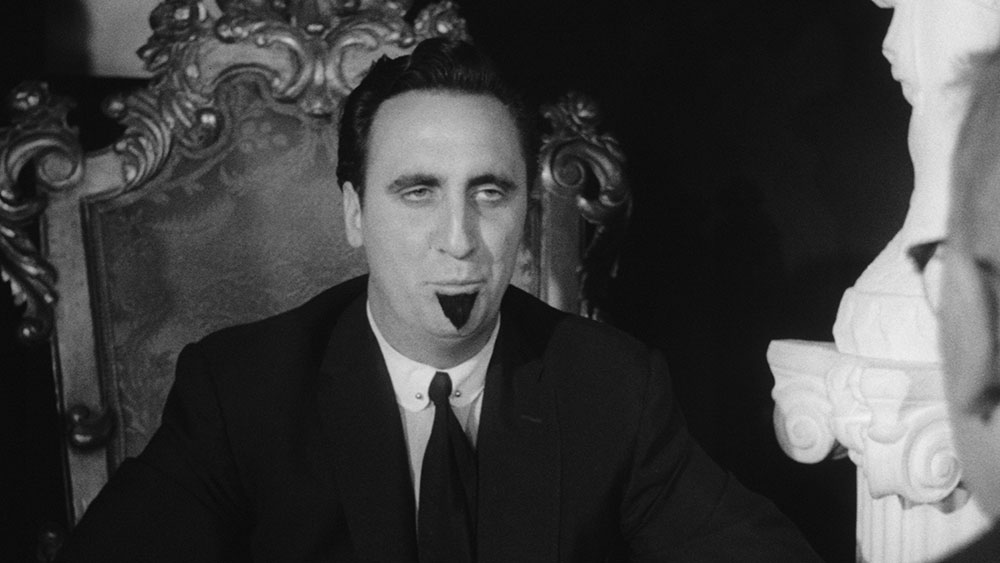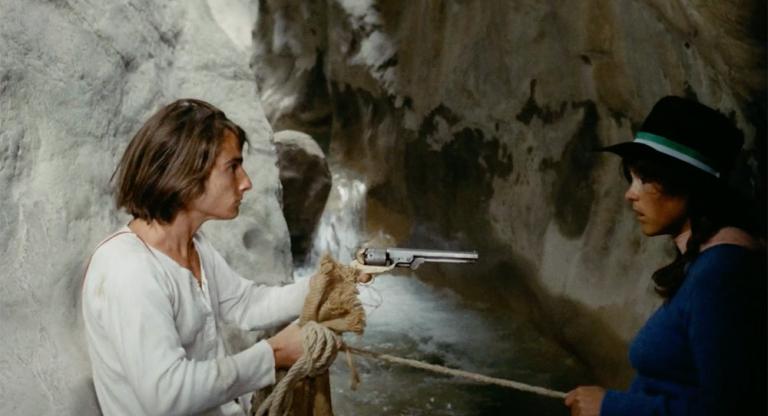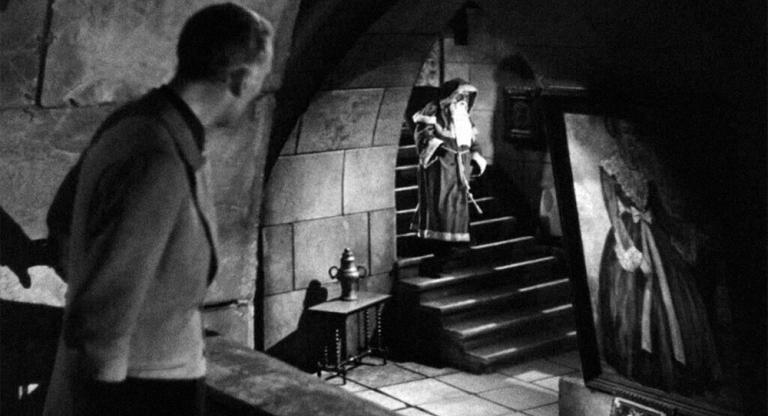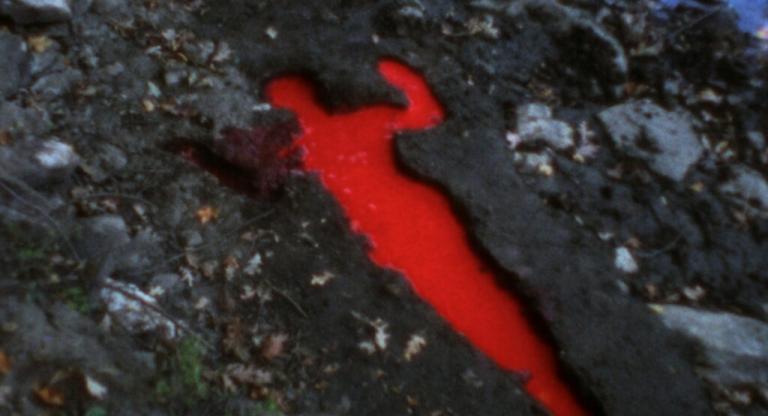Any cinephile worth the salt in their popcorn can spot renowned “that guy” Timothy Carey in even the smallest role. From prestigious parts in Billy Wilder’s cynical Ace in the Hole (1951) and Stanley Kubrick’s Paths of Glory (1957), to a laundry list of B-movie and television credits, Carey, with his Byzantine visage, towering frame, and booming baritone, was an on-screen fixture for over 30 years. Known best for his eerie presence, Carey did manage one stint in the director’s chair during his peripatetic career.
His newly-restored 1962 independent feature, The World’s Greatest Sinner (which Frank Zappa, who composed the score, referred to as “The World’s Worst Movie”) was regarded as little more than a curio upon initial release. Straddling the twilight zone between underground and exploitation, dripping with resentment for the nuclear family, Carey slithers and shimmers in the title role as a suburban father caught in a surrealistic Faustian bargain. But Sinner is more than a mid-century progenitor to Tommy Wiseau’s The Room (2003). Behind the saucer eyes of the writer-director-star is a storyteller’s brain, full to the brim with humorous, honest, and ugly critiques of the American dream and its devotees.
Playing against type as mild-mannered insurance salesman Clarence Hilliard, Carey stuffs himself into a gray flannel suit and keeps his freakier tendencies at bay—until, of course, his half-baked plan to transcend mortality kicks into high gear. “Time is short, and we’ve gotta make use of it,” Clarence tells his bewildered boss, moments before rage-quitting his soul-killing 9-to-5. His ensuing Beatnik-tinged journey presages the “dropout” attitude that will have infected much of America’s youth by decade’s end. Galvanized by a basement rockabilly show, Clarence picks up a guitar, slaps on a fake goatee, and refashions himself as “God” Hilliard: part rockstar, part cult leader, all trouble.
This trajectory—from company man to Randian supervillain, convinced of the individual’s potential to transcend the mundane—whiplashes Clarence from anonymity to notoriety, with nothing in between, like a counterculture A Face in the Crowd (1957). The guiding philosophy behind Hilliard’s cult resonates with a growing following eager to shake off their careerist ennui. With a potpourri ethos of equal parts Nietzschnian superiority and evangelical atheism, Clarence sees no difficulty installing himself in the Creator’s now vacant throne.
Raised during the Depression, coming of age amid austerity and uncertainty, actors of Carey’s generation brought an uneasy truth to their roles as everymen straining against the narrow parameters of postwar American prosperity. In this funhouse-mirror vision of “Rabbit Run,” Carey-as-Clarence exposes the inherent misery at the heart of father-and-husband drag. It’s a supervillain origin story with the highest possible stakes: superseding the worldly bondage of aspiration and acquisition. In a swift 82 minutes, Carey’s harried protagonist elicits admiration, excitement, fear, and flat-out hatred from a sizable sample of polite society. Call it the American nightmare.
The World’s Greatest Sinner runs through October 12 at Anthology Film Archives in a new digital restoration.



